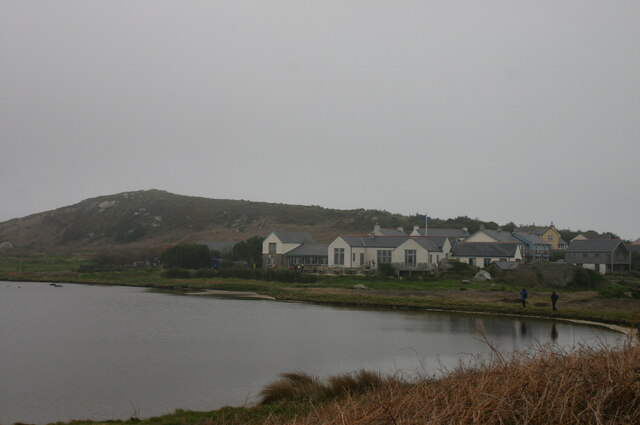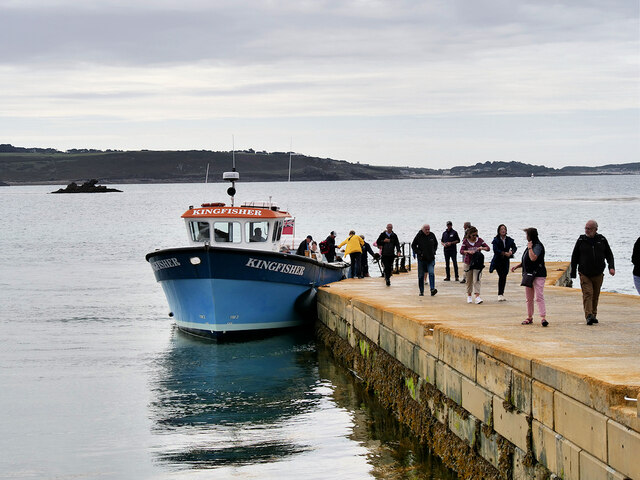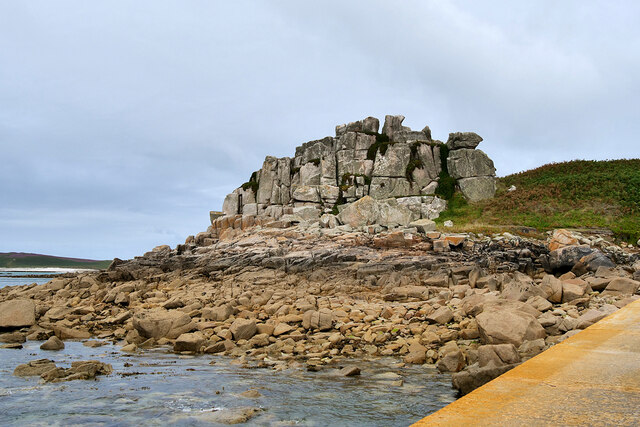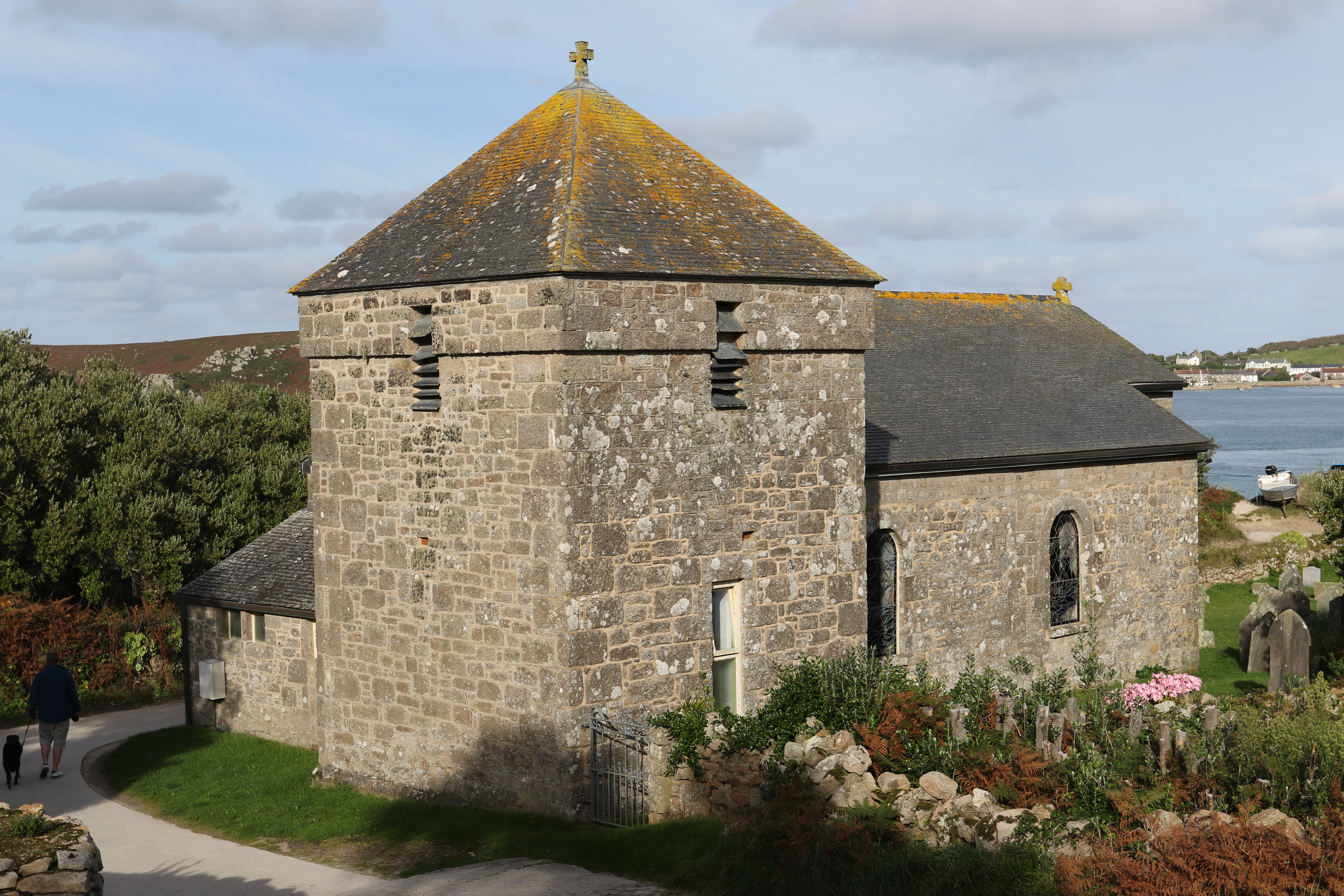Samson Hill
Hill, Mountain in Cornwall
England
Samson Hill

Samson Hill is a prominent landmark located in Cornwall, England. This hill, also referred to as Samson Mountain, is situated near the village of Zennor, in the western part of the county. It stands at an elevation of around 200 meters, making it one of the tallest hills in the region.
Samson Hill offers breathtaking panoramic views of the surrounding countryside and coastline. On clear days, visitors can admire the vast expanse of the Atlantic Ocean and glimpse the distant Isles of Scilly. The hill is covered in lush greenery, with a variety of plants and wildflowers adorning its slopes.
The hill takes its name from the local legend of the giant Samson, who is said to have lived in the area. According to the tale, Samson used the hill as a vantage point to keep an eye on his beloved Mermaid of Zennor, who resided in the nearby village.
For outdoor enthusiasts, Samson Hill provides an excellent opportunity for hiking and walking. There are several well-marked trails that lead to the summit, allowing visitors to enjoy the beautiful scenery while getting some exercise. The hill is also a popular spot for birdwatching, as it attracts a wide variety of avian species.
Samson Hill is a place of historical significance as well. It is believed to have been occupied by ancient settlers, as evidenced by the presence of Iron Age hillforts on its slopes. These archaeological remains offer insights into the early human habitation of the area.
In conclusion, Samson Hill in Cornwall is a captivating natural landmark that offers stunning views, recreational opportunities, and a glimpse into the region's rich history.
If you have any feedback on the listing, please let us know in the comments section below.
Samson Hill Images
Images are sourced within 2km of 49.946537/-6.3515761 or Grid Reference SV8714. Thanks to Geograph Open Source API. All images are credited.













Samson Hill is located at Grid Ref: SV8714 (Lat: 49.946537, Lng: -6.3515761)
Division: Isles of Scilly
Unitary Authority: Isles of Scilly
Police Authority: Devon and Cornwall
What 3 Words
///cadet.mows.complains. Near Bryher, Isles of Scilly
Nearby Locations
Related Wikis
All Saints' Church, Bryher
All Saints' Church is a Grade II listed parish church in the Church of England located in Bryher, Isles of Scilly. == History == Bryher is the most westerly...
Bryher
Bryher (Cornish: Breyer, lit. 'place of hills') is one of the smallest inhabited islands of the Isles of Scilly, with a population of 84 in 2011, spread...
RNAS Tresco
RNAS Tresco was a Royal Naval Air Service base on Tresco, the second largest island in the Isles of Scilly. From February 1917 to May 1919 aircraft patrolled...
New Grimsby
New Grimsby (Cornish: Enysgrymm Nowyth) is a coastal settlement on the island of Tresco in the Isles of Scilly, England. It is located on the west side...
Nearby Amenities
Located within 500m of 49.946537,-6.3515761Have you been to Samson Hill?
Leave your review of Samson Hill below (or comments, questions and feedback).







